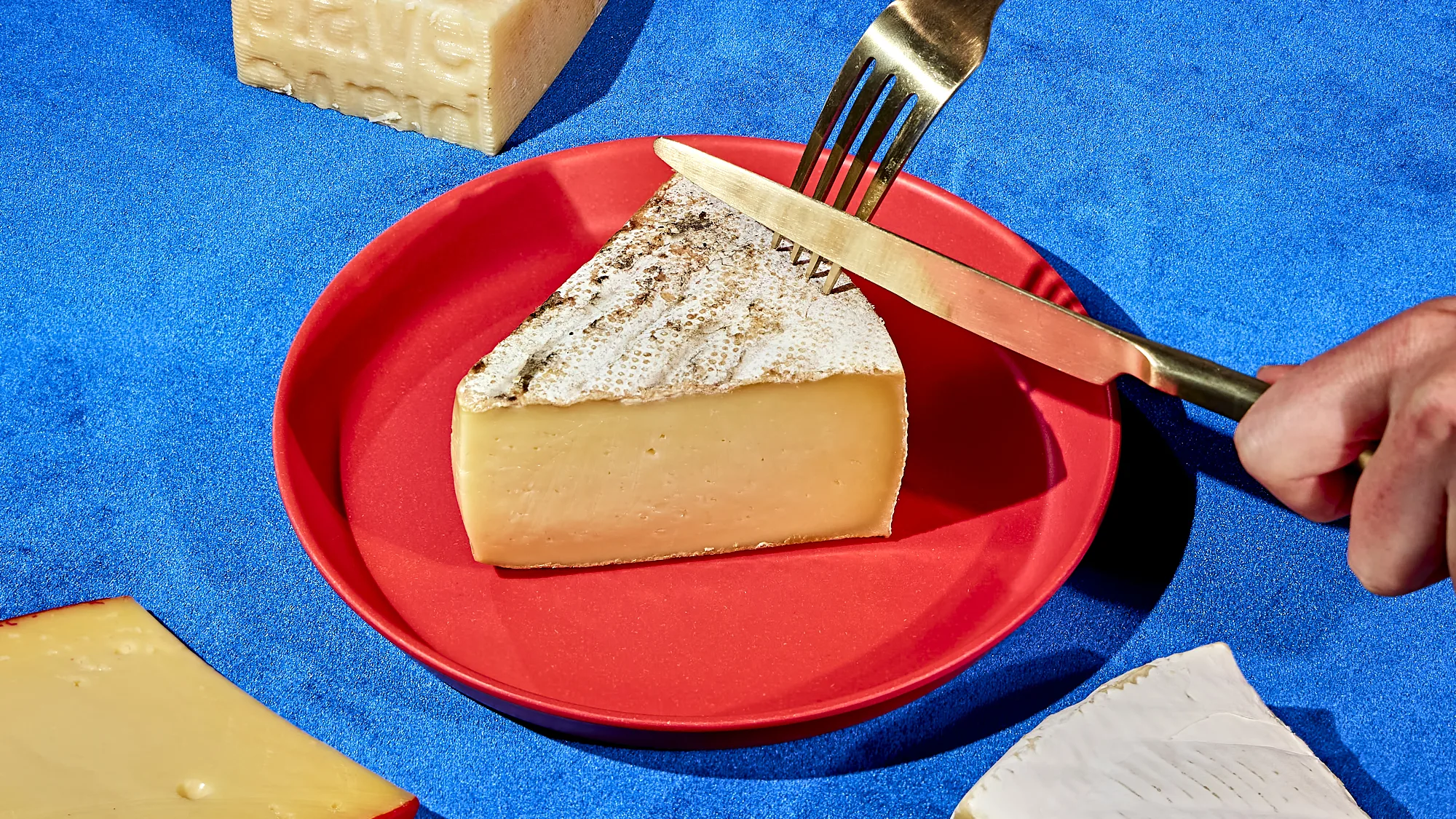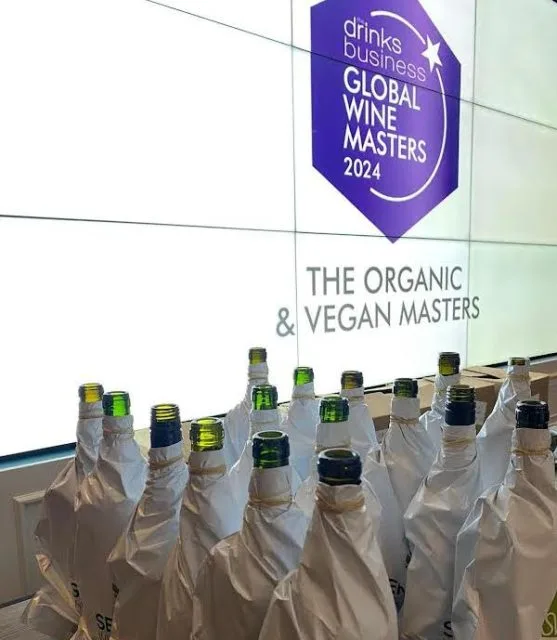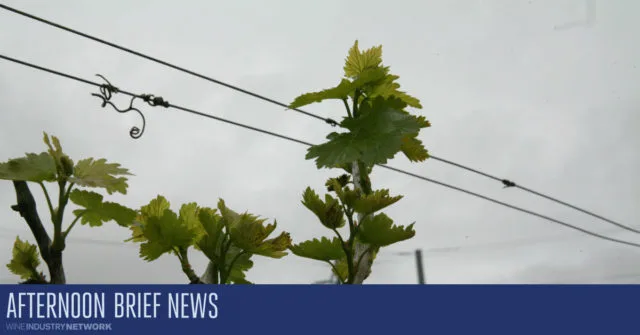Even though cheese boards undoubtedly bring joy to any gathering, there’s always that awkward hesitation that arises when you take a knife to a big chunk of Brie or Camembert: Do you go for the rind, or cut around it? At that moment, it can feel like the entire party is watching your every move. You don’t want to be the rude guest who leaves the perfectly good rind behind, but you also don’t want to look like the idiot chowing down on something that’s clearly inedible.
So, when you approach a fancy cheese board, how do you know which rinds are safe to eat and which ones you should avoid? To help prevent a fromage faux pas, VinePair tapped Kai Norton, cheese manager at NYC’s Bedford Cheese Shop for answers.
Norton says that overall, most cheese rinds found on a typical platter will be safe — and even enjoyable — to eat. The fluffy white exterior on popular bloomy cheeses like Brie, Camembert, and Leonora are all fair game for snacking, as are those on washed rind cheeses like Taleggio, Brebirousse, and Winnimere and natural rind cheeses including Stilton, Queijo Serra da Estrela, and Pecorino Romano. All of these examples are made with natural processes, making them all acceptable to eat.
When a cheese is encased in something that wasn’t developed naturally — such as a wax, cloth, or plastic coating — Norton says that’s a clear clue you should skip the rind.
“We would recommend avoiding any rinds






